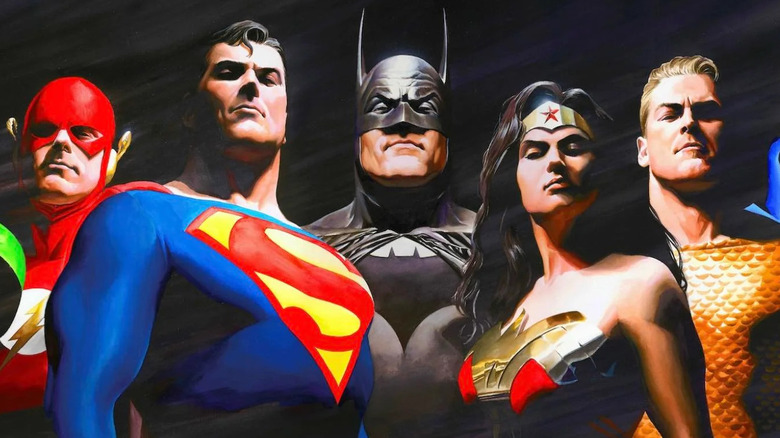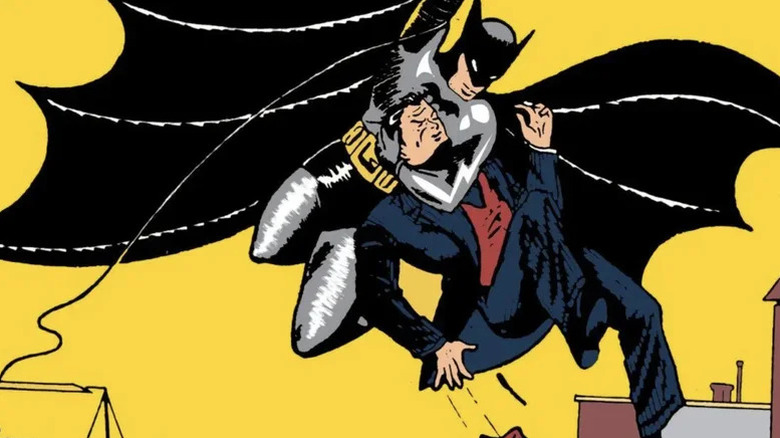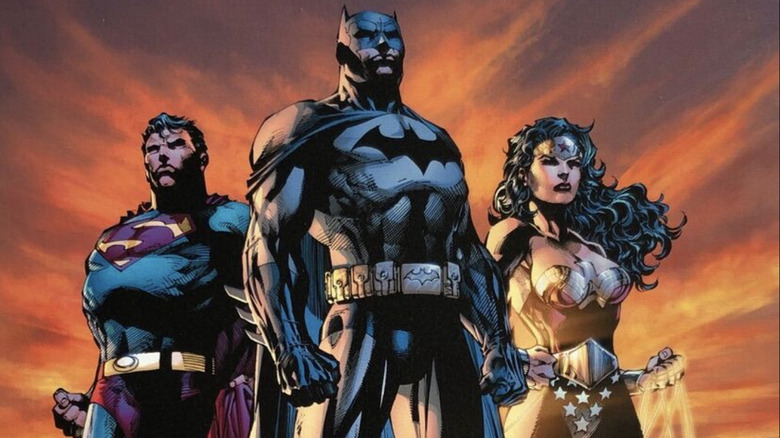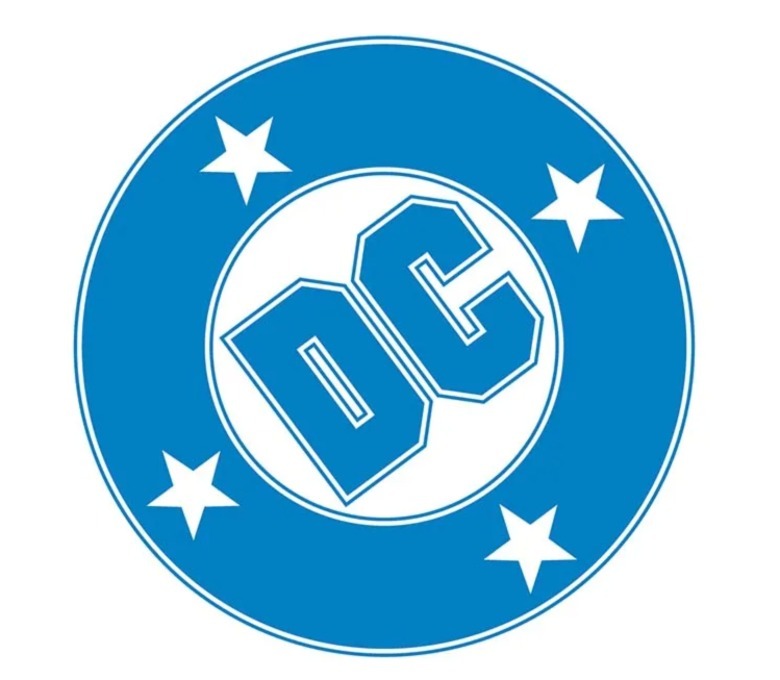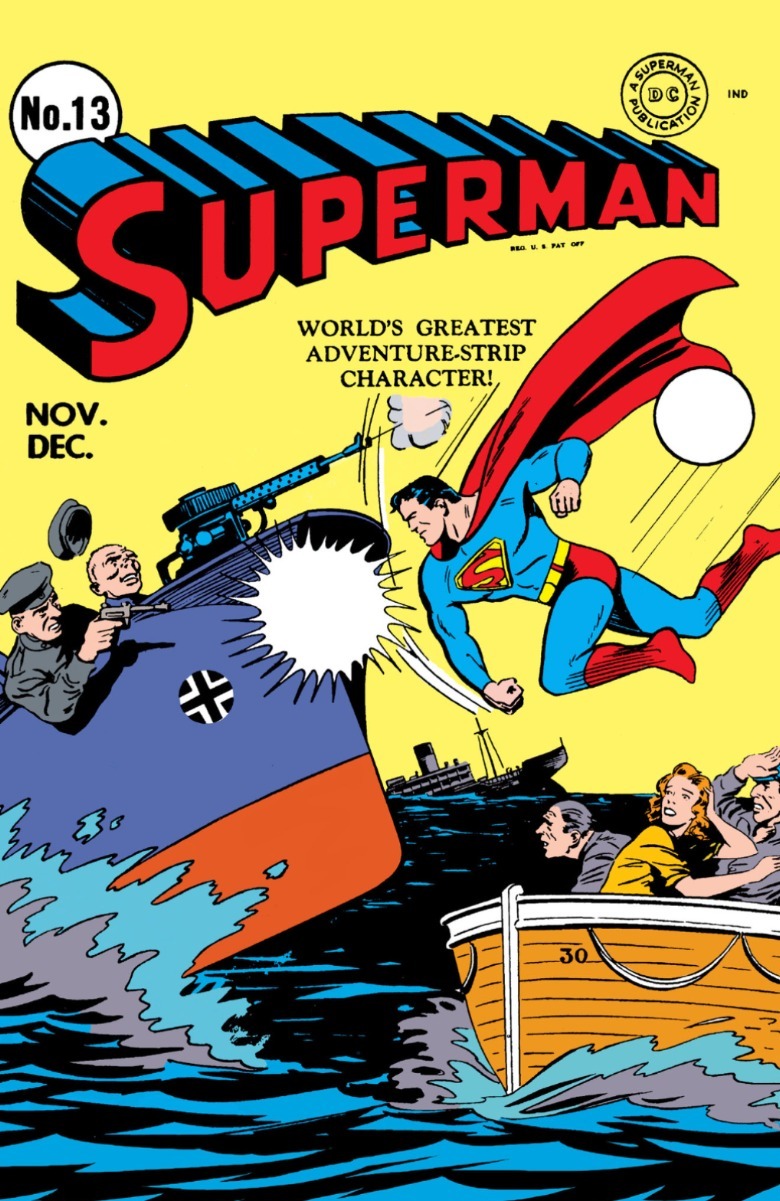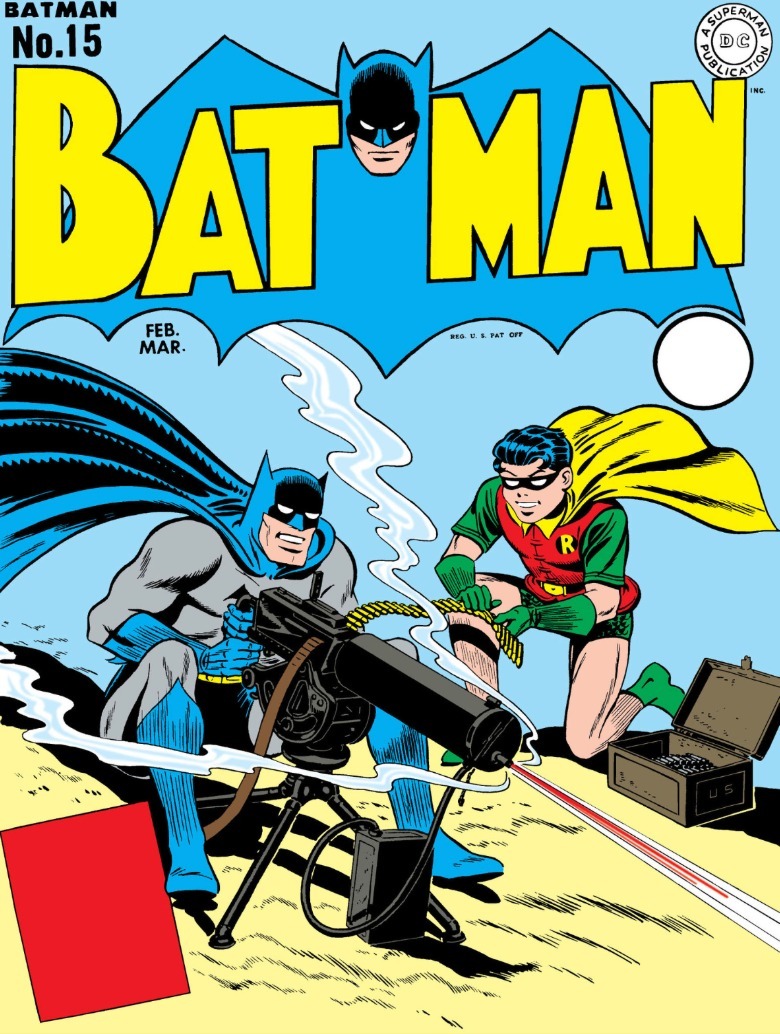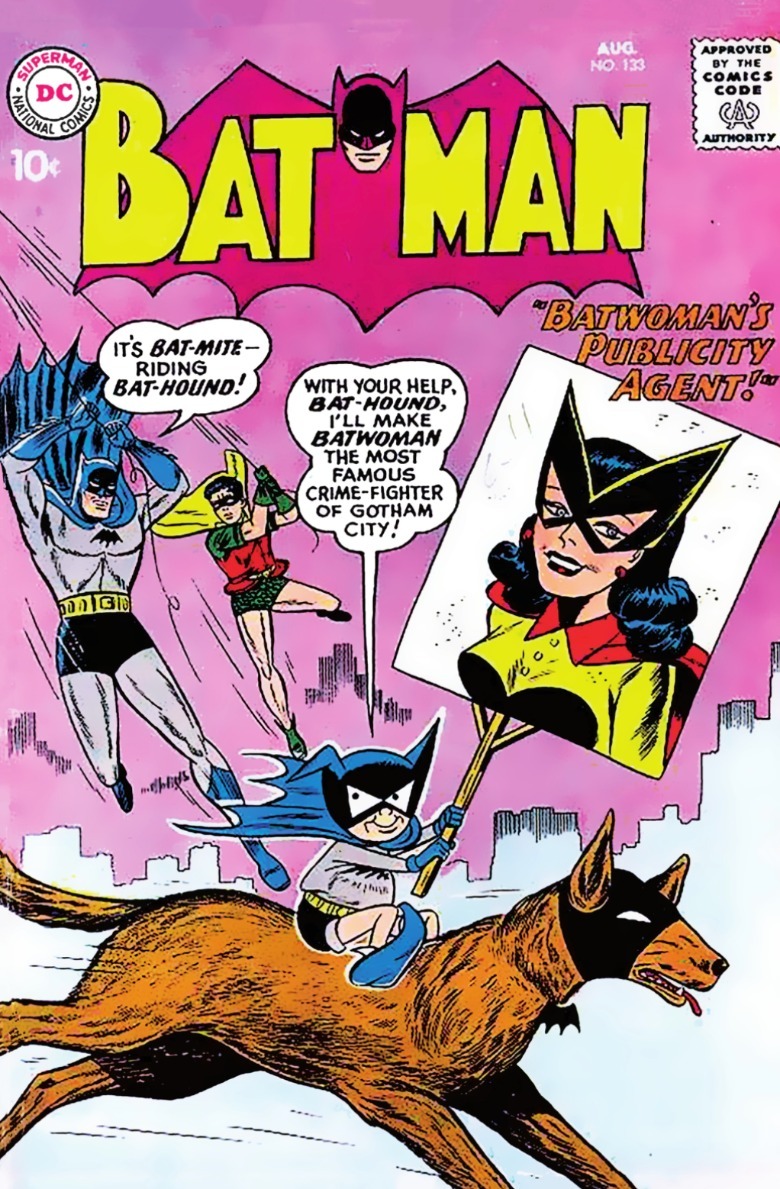What Does DC Comics Stand For?
We may receive a commission on purchases made from links.
DC. Marvel. If you're a comic fan, those words are inescapable because they're the names of the two biggest comic publishers in the U.S. The superhero universes each company owns suck up all the atmosphere of the comics space. Comic readers often divide themselves by whether they're more of a Marvel or DC fan, like sports fans rooting for different teams.
The name "Marvel" is intuitive — it means to wow or excite someone, a fitting name for an entertainment company. Founded in 1939 as Timely Comics by publisher Martin Goodman, Timely's first series was "Marvel Comics." Issue one of "Marvel Comics" debuted Namor the Sub-Mariner and the original Human Torch. The company then became Atlas Comics in 1951 (named for the Atlas News Company that Goodman owned), before officially rebranding again in 1961 as Marvel Comics. That year is also when the company became synonymous with its superhero characters and Timely/Atlas/Marvel editor-in-chief Stan Lee (cousin to Goodman's wife).
Lee, a born marketer, brought forth the idea of a "Marvel Universe" across the company's comics. There was no better name, because Lee was out to marvel young readers with his comic characters, co-created by Marvel's freelance artists like Jack Kirby and Steve Ditko (who deserve as much credit as Stan Lee and Marvel itself).
What about DC, though? Nope, its name is not because the company is based in the District of Columbia. For most of its history, DC was based in Manhattan, and in 2015 it moved to Burbank, California to be closer to its parent company, Warner Bros.
The name "DC" is an acronym that comes from one of the company's longest and most consistently published comic titles: "Detective Comics," the series where Batman first debuted. Yes, this does mean the company name is technically "Detective Comics Comics."
But like its perennial rival, DC wasn't always known by its current name.
The DC in DC Comics stands for Detective Comics
"Detective Comics" debuted in 1937, initially published by a partnership between Malcolm Wheeler-Nicholson's National Allied Publications and the subsidiary company Detective Comics, Inc. (funded by the publishers Harry Donenfeld and Jack Liebowitz, due to Wheeler-Nicholson's debts on National). "Detective Comics" was meant as an anthology comic featuring pulp detective characters and stories. "Detective Comics" #1 debuted the private investigator Slam Bradley, created by Wheeler-Nicholson and the two Cleveland boys who soon created Superman, Jerry Siegel and Joe Shuster.
But two years in, 1939's "Detective Comics" #27 introduced Batman in Bill Finger and Bob Kane's story "The Case of the Chemical Syndicate." Before long, "Detective Comics" was Batman's own book, which it still is today. In 1940, Batman got his own eponymous comic too, called simply "Batman." That means there have historically been two ongoing Batman comics. This can allow two different writers to pen two very different versions of the character at the same time. In the mid-2000s, Grant Morrison was writing an experimental "Batman" run, while "Batman: The Animated Series" writer Paul Dini was penning very classical stories in "Detective Comics."
Now, DC did not choose to name itself after Batman's comics directly because of his popularity. However, it does in a cosmic sense reflect the company's own history and how Batman has eclipsed Superman as DC's flagship character. Sure, the woebegone DC Extended Universe (2013-2023) kicked off with a Superman picture (Zack Snyder's "Man of Steel"), and James Gunn's DC Universe is repeating that opening move with 2025's "Superman." But across those movies, not to mention cartoons, video games, and comics, it's Batman who almost always gets top billing and priority for new projects.
The company isn't named "AC" for "Action Comics," where Superman first debuted — but why not?
National Periodical Publications became DC Comics in 1977
The name "National" name officially stuck around until 1977, when the company rebranded from National Periodical Publications to DC Comics. The name change came with an appropriate new logo designed by Milton Glaser (and recently reinstated by James Gunn's DC Studios).
But the name didn't come out of nowhere, nor was National changing its brand overnight. As chronicled in "DC Comics Year By Year, New Edition: A Visual Chronicle," Wheeler-Nicholson had gone bankrupt by 1938, so Donenfeld and Liebowitz took control of his National assets and brought them under Detective Comics, Inc. National's comics were branded with "DC," referring to Detective Comics, Inc. In the early 1940s, for instance, both "Superman" and "Batman" issues would have a logo on the right side of the cover that read "A Superman Publication · DC."
All-American Publications, Inc. (founded by publisher Max "M.C." Gaines" and also funded by Donenfeld and Liebowitz), which was the home of Wonder Woman and Green Lantern, also used the DC logo on its books.
In 1946, All-American and Detective were merged to create National Comics Publications, which then became National Periodical Publications in 1961. By the Silver Age of Comics (the 1950s-60s), the logo on National's comics morphed to read "Superman · National Comics · DC." (It also moved over to the left side of the cover to make room for the Comics Code Authority approval stamp.)
These logos caught readers' attention. For many years, National would be known colloquially as "DC." The 1977 rebrand was the company fully embracing that name.
Dropping Superman from the name makes branding sense; just "DC" rolls off the tongue much better. Calling the company "Superman Comics" would give a much too narrow impression of its publishing output. But again, that branding choice does reflect Superman's lesser importance to the company in the modern day compared to its first 40 years of existence. Even if a Superman renaissance is on the horizon thanks to Mr. Gunn and David Corenswet's Man of Steel, I don't see a rebrand back to "Superman-DC Comics" happening any time soon.
